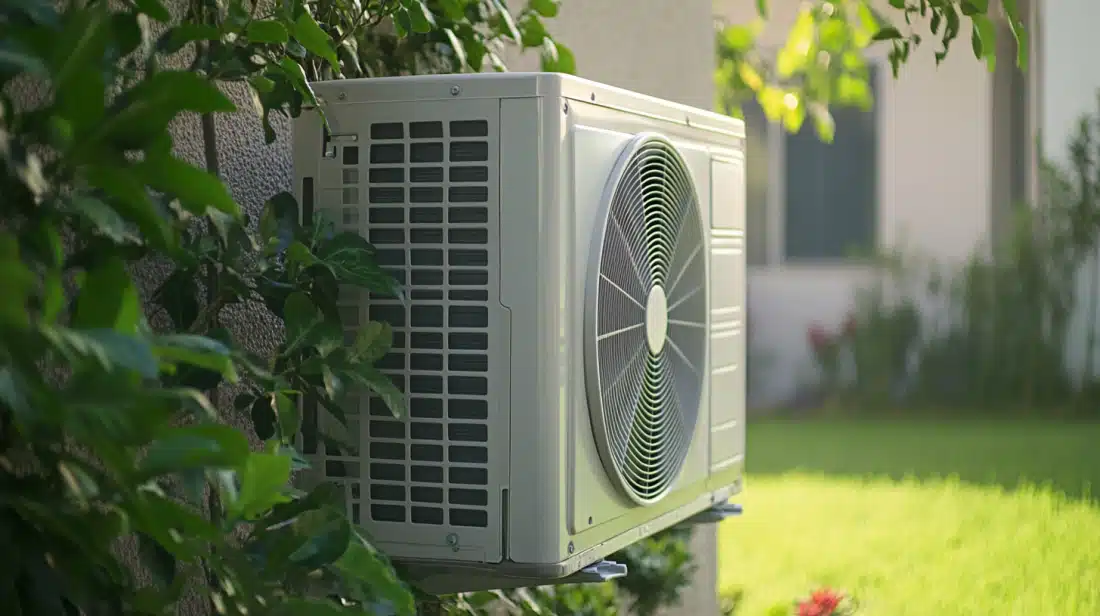The Methods and Benefits of Sustainable Construction
Modern construction projects must include environmental safety. This is especially true when developing residential or commercial structures. Why? As you minimize your carbon footprint, lower maintenance costs, and give people a healthier environment to live in. There are economic and social benefits in addition to the environmental ones. And what is this kind of construction called? Sustainable construction.
Let’s check more deeply the methods and benefits of sustainable construction.
The Methods of Sustainable Construction
When we chat about sustainable construction, it’s not just big words and fancy concepts. It’s about real changes that make a difference in our daily lives. Think about how using certain tools and materials can help our planet and make our homes better. Let’s get into some details.
Choose the Right Material — Steel Buildings are a Big Deal
The first step is to choose the appropriate construction materials. Use eco-friendly materials such as recycled steel. Steel is kind of a superhero in the world of sustainable materials. It’s strong, it lasts ages, and you can keep recycling it. A building made of steel can handle all sorts of weather without needing a lot of fix-ups.
Another factor to consider when selecting materials are the costs associated with both the materials and labor to install and build. A construction cost estimating service can prepare the overall construction cost for a project.
Designs that Save Energy
The design phase comes next. Consider the design and construction of energy-efficient buildings. It’s similar to planning a home that stays warm in the winter or cool in the summer. This means installing adequate insulation, strategically arranging windows to let in natural light (double-glazed windows), and adding extras like solar panels.
Reducing Waste
Here’s a big one: cutting down on waste. It’s like being mindful about not throwing out leftovers. In sustainable building, we plan to use materials in a way that doesn’t create a bunch of waste. And if there’s stuff left over, we try to recycle it or find another use for it. This approach helps us make the most of resources and keep things out of landfills.
LED Lights
LED lights emit light up to 90% more efficiently compared to the traditional bulbs. Using significantly less power when you convert to LEDs is better for the environment and your electricity bill. These lights have a long lifespan, so you won’t need to replace old bulbs regularly.
Water Knowledge
Using water wisely is also essential. It’s similar to repairing a dripping faucet or watering your lawn with rainfall. Water-saving measures used in sustainable building include the installation of water-efficient faucets and toilets as well as occasionally the setup of systems to collect and repurpose rainwater. It all comes down to not wasting this extremely valuable resource.
Home Check-Ups with Auditing Platforms
Picture this: a system that gives your house a ‘green’ check-up. That’s what auditing platforms do to help you apply for home grants. They take a good look at your house to see how energy-efficient it is. If you’ve got things like insulation that keeps the heat in, or maybe solar panels, this platform could give you a thumbs up. And a thumbs up might mean getting some money back or even a grant.
The Benefits of Sustainable Construction
Have you considered the impact of our construction projects on our world? You may have noticed how more and more buildings are being constructed in your city, but have you thought about how this will affect the environment and you as well?
Are there more benefits or disadvantages? Well, when we talk about sustainable construction, the benefits outweigh the cons, as it provides spaces for us to live and work while maintaining the environment’s safety. Let’s check out the benefits:
Environmental Preservation
At the core of sustainable construction, there’s a real focus on caring for our environment. It’s all about choosing materials and ways of building that are kinder to the planet. Sustainable building really cuts down on its carbon footprint – that’s the mark we leave on the environment.
Using recyclable materials ensures that buildings consume less energy and don’t throw away a lot of materials during construction. For example, an energy-efficient structure uses less energy to heat or cool itself and requires less lighting. This helps a lot in reducing the gases that heat our planet.
Economic Efficiency
Sustainable construction is not only beneficial for the environment but for your financial health as well. At first, it may be expensive, but the truth is, it saves you money over time. Think about it: buildings that use less energy and have things like solar panels cost way less to run.
Your bills for electricity and heating go down. Plus, there’s more good news. These eco-friendly buildings can get you tax breaks, special grants, and even lower interest rates on loans. So, really, building sustainably is not just about being green – it’s a wise money move too.
Healthier Living Spaces
One of the main benefits of sustainable construction is that it improves the quality of life for those who live and work in these structures. These structures typically use materials free of dangerous chemicals and have improved air movement, which is fantastic for ease of breathing. These green structures also have a lot of natural light. In addition to being enjoyable, this can improve your daily productivity and happiness.
Improved Durability and Lower Maintenance
Sustainable buildings are also long-lasting. They employ premium materials that are durable, gentle to the environment, and resistant to many types of weather and wear. This helps in minimizing construction defects and results in less frequent building maintenance, which saves money and effort. It’s not just about saving costs, though – it’s also about using less stuff over time, which is better for the Earth.
Positive Social Impact
And then there’s the way sustainable construction helps our communities. It’s about building spaces that really fit in with where they are and that people can feel good about. Think of areas where everyone can get together and buildings that look right at home in the neighbourhood. This kind of building also often uses materials from around the area and hires local workers, which is a boost for the local economy and creates jobs.
To conclude, being environmentally conscious isn’t enough, we also need to make wise decisions that improve our living environments, save money, and benefit the environment. Implement small changes like employing steel, eco-friendly checks, and LED lighting and continue promoting more environmentally friendly construction.







